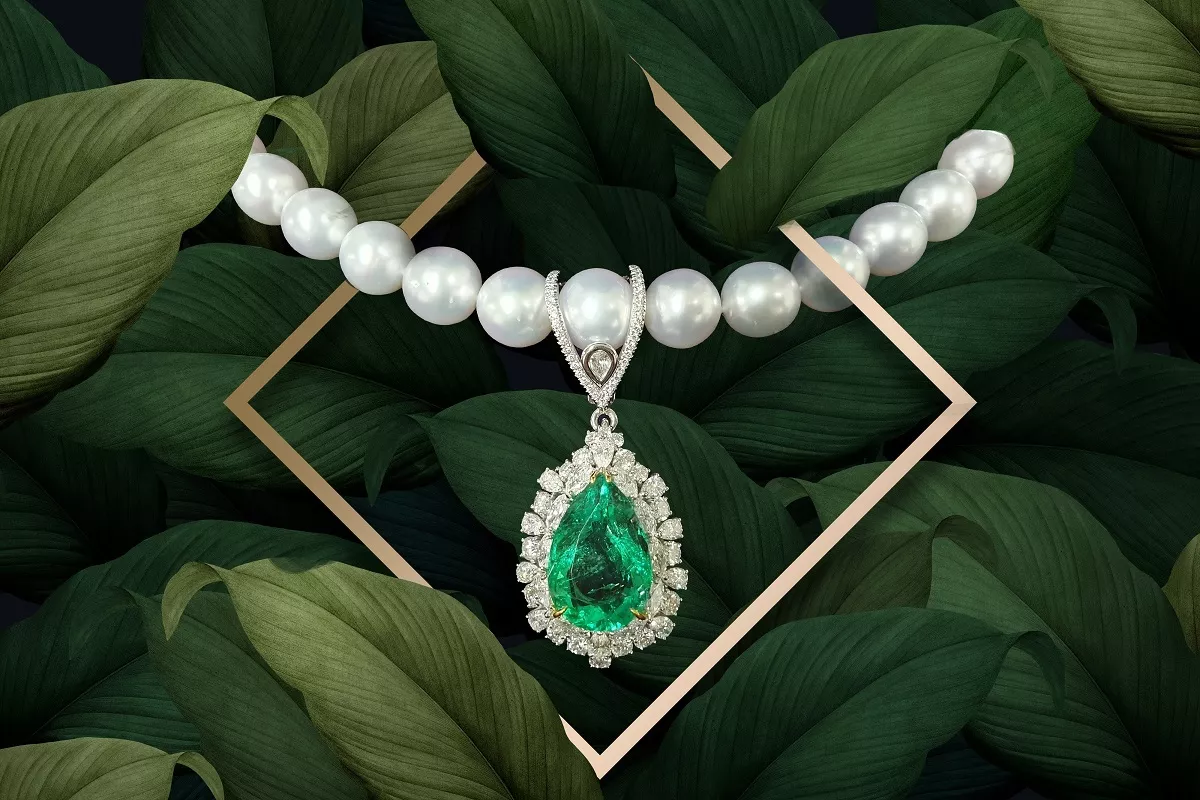08.03.2022 - UPDATES
Pearl Necklaces: The Basics
History of the Pearl Necklace
Often considered to be the world’s oldest gem, pearls have punctuated human history for millennia with their rare and coveted beauty. Enjoyed as gifts by Chinese royalty from 2300 BC, to being worn as jewellery by cultures, the world over, as far back as 420 BC with the discovery of a fragment of pearl jewellery residing in the sarcophagus of a Persian princess. Julius Caesar himself prized the jem so much that he reserved the wearing of pearls, exclusively, to the ruling classes. Limited by their natural scarcity, it wasn’t till the 19th century, with the creation of cultured pearls, that the prized stone and the classic pearl necklace became far more accessible.
Types of Pearl Necklaces
Akoya Pearls
Renowned for their reflective luster, the finest Akoya Pearls – called hanadama – owe their highly valuable, perfectly round and shiny white exterior to a lengthy culturing of up to 2 years.
Freshwater Pearls
Owing to their more bountiful production and variation in shape, Freshwater Pearls carry a comparably lower price tag than their Akoya counterpart. Though fine ‘freshadama’ varieties can be nearly indistinguishable from the shape and luster of Akoya Pearls.
South Sea Pearls
Known for their impressive pearl size, South Sea Pearls, both gold and white-silver varieties, are grown from the largest pearl oyster used in the culturing industry, giving birth to the biggest and most valuable gem on the market.
Tahitian Pearls
Otherwise known as ‘Black Pearls’, this class of gem typically possesses a naturally dark body, but with beautiful undertones and overtones of green, blue, silver, pink and yellow. With true Black Tahitian Pearls considered to be extremely rare.
Perfect Pearl Necklace Jewellery Pairings
Forever gleaming with their timeless beauty and universality, it’s no wonder Pearl Necklaces lend themselves to a whole host of stylish and dazzling jewellery pairings.
What Are Pearl Necklaces Commonly Paired With?
A matching set of modest pearl earrings – stud or teardrops – afford a seamlessly elegant look, while still allowing the luster of the necklace to steal the show. Understated diamond earrings coordinate nicely for a refined and balanced aesthetic. And gold, of course – be it a ring, bracelet or earrings – almost always strikes a visual harmony, complimenting the warm white of a classic Freshwater, Akoya or South Sea Pearl necklace.
Testing Pearl Authenticity
The valuable and prized nature of pearl jewellery has unfortunately meant that faux imitations have diluted the market for some time. There are, however, methods one can use to distinguish cultured and natural pearls from counterfeits.
Tooth Test
Authentic pearls bear tiny natural ridges, and thus will produce a feeling of grittiness and friction when gently rubbed along the surface of your tooth. Faux pearls, however, will feel smooth, like glass.
Feeling The Pearl
Genuine pearls tend to feel cool at first touch and gradually warm up. Fake pearls will be warm, even sticky when handled, and often carry either a very light weight or exaggerated weight.
Rubbing Pearls Together
A distinct friction is produced upon the rubbing of two genuine pearls. Faux pearls, on the other hand, rub smooth against each other to produce nothing.
Cerrone Authentic Pearl Necklaces
As Australia’s leading jewellery house, we pride ourselves on delivering only the best in pearl quality. The Cerrone pearl jewellery collection boasts a range of necklaces, rings and earrings made from 100% authentic South Sea, Freshwater and Tahitian Pearl varieties.

